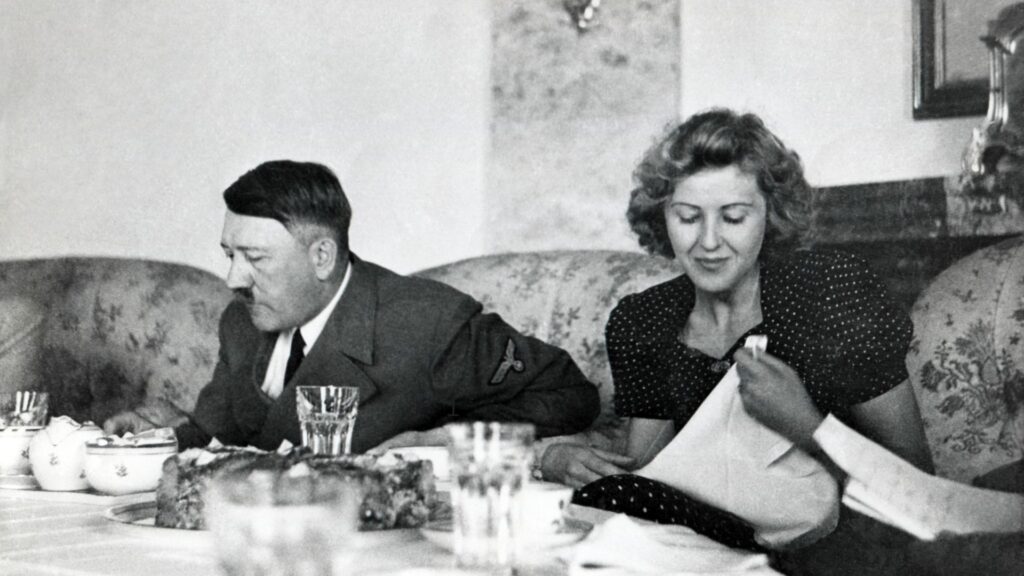
Adolf Hitler was one of the most dangerous leaders in history. He caused terrible suffering and led Germany into World War II. But how did a man like him come to power in a country that was supposed to be democratic? The story is complicated, but it teaches us important lessons about how democracy can be weakened if people are not careful.
Germany was not always ruled by dictators. After World War I ended in 1918, Germany became a democracy called the Weimar Republic. The new government had fair elections, free speech, and laws to protect people’s rights. But Germany was in deep trouble after losing the war. The Treaty of Versailles forced Germany to pay huge amounts of money to other countries, and many Germans felt humiliated. The economy was also very bad. Money lost its value so fast that people needed wheelbarrows full of cash just to buy bread. Many Germans were poor, hungry, and angry.
This was the time when Adolf Hitler saw his chance. He was a soldier in World War I and was deeply upset by Germany’s defeat. He joined a small political group called the Nazi Party and soon became its leader. The Nazis promised to make Germany strong again. They blamed Jews, communists, and other groups for Germany’s problems, even though this was not true. Hitler was a powerful speaker. When he talked, people believed him because he sounded so confident. He told Germans they were a great nation and deserved better. Many people liked his message because they were tired of suffering.
At first, the Nazis were not very popular. In the 1928 elections, they won only a few seats in the government. But then, something big happened in 1929—the Great Depression. This was a time when economies around the world crashed, and many people lost their jobs. Germany was hit especially hard. Millions were unemployed, and families struggled to survive. People became desperate for change. Hitler used this fear and anger to gain more supporters. He traveled across Germany, giving speeches and promising jobs, food, and a return to national pride.
By 1932, the Nazis were the biggest party in Germany’s parliament, but they still did not have full control. The president at the time, Paul von Hindenburg, did not like Hitler. But many powerful businessmen and politicians thought they could control Hitler if they helped him become chancellor (the leader of the government). They believed he would listen to them and not cause too much trouble. They were wrong.
In January 1933, Hitler was appointed chancellor. Soon after, a fire broke out in the German parliament building. Hitler blamed the communists and used this as an excuse to take more power. He convinced the government to pass laws that let him arrest his enemies and ban other political parties. Within months, Germany was no longer a democracy. Hitler became a dictator, meaning he had total control. People who spoke against him were sent to prison or killed. The Nazis controlled the newspapers, schools, and even the police.
Hitler’s rise to power did not happen overnight. It happened because Germany was weak, people were scared, and some leaders made the mistake of thinking they could control him. His story reminds us how important it is to protect democracy, to question leaders who spread hate, and to stand up for what is right—even when times are hard.
The world paid a terrible price for Hitler’s rule. Millions died in World War II, and the Holocaust—the murder of six million Jews—was one of the worst crimes in history. But by learning how Hitler came to power, we can make sure nothing like it ever happens again. Democracy is fragile, and it needs brave people to defend it.


Leave a Comment